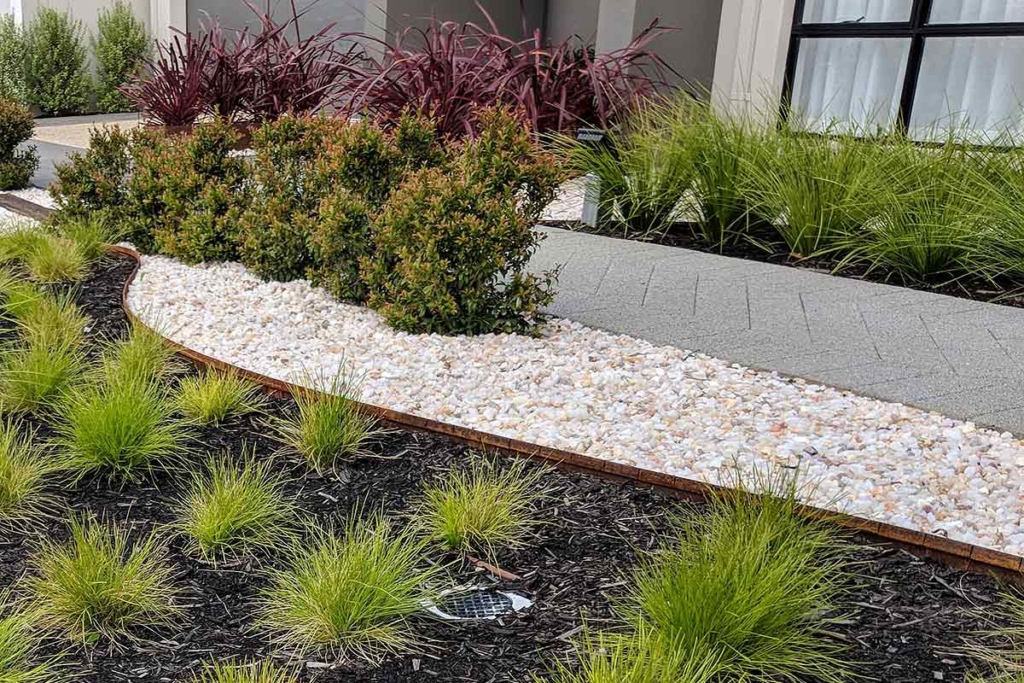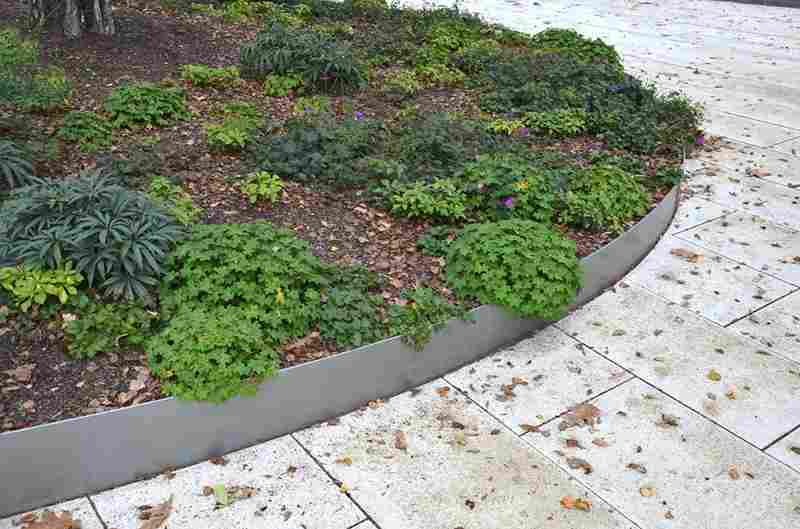When it comes to perfecting your landscape design, choosing the right type of concrete for garden edging isn’t just a construction detail—it’s an art form.
Garden edging not only separates your lawn from flower beds, but it also adds definition, elevates the visual appeal, and keeps everything in place. But here’s the real question: What kind of concrete do you use for garden edging to get the best, long-lasting results? The answer isn’t one-size-fits-all. From aesthetic goals to durability and soil conditions, many factors come into play.
Let’s dive deep into this topic, so you don’t waste time, energy, or money on the wrong material.
Why Garden Edging Matters More Than You Think

There’s more to edging than drawing a neat boundary. Professionally installed concrete edging:
- Prevents mulch and soil from spilling into the lawn
- Adds value to your garden design
- Reduces weed invasion and root overgrowth
- Creates a sleek, defined layout for walkways, driveways, or patios
But achieving all this? It hinges on one vital choice—the right concrete mix.
What Kind of Concrete Do You Use for Garden Edging?
The best concrete for garden edging is typically a high-strength, low-slump concrete mix. This means it has minimal water content, making it stiff enough to hold shape but strong enough to last.
Recommended Mix Ratio:
1 part cement : 2 parts sand : 3 parts gravel with just enough water to create a moldable, dough-like texture.
Why this mix? Because garden edging is exposed to the elements—sun, rain, freeze-thaw cycles—and this specific blend resists cracking, shifting, and premature wear. The lower water content also prevents shrinkage, one of the leading causes of concrete edge cracking.
Should You Use Ready-Mix or DIY Concrete?
Here’s where things get practical. You’ve got two main options:
1. Ready-Mix Concrete
- Ideal for: Large projects or when you want uniform strength
- Advantages: Consistency, time-saving, less on-site error
- Disadvantages: Can be costlier, especially for smaller jobs
2. DIY Concrete Mix
- Ideal for: Small garden beds or custom shapes
- Advantages: Budget-friendly, customizable mix
- Disadvantages: Requires more labor and experience
For many homeowners, a DIY approach using a high-quality general-purpose cement like GP cement (a secondary keyword) gives the best balance of cost and durability.
How to Install Garden Edging with Concrete: Pro Tips

We’ve done this many times at Ocean Landscapes, and here’s a simplified version of our trusted process:
- Excavate a Trench
About 100mm deep and 150mm wide—ensure it follows your desired curve or line. - Add Base Sand or Gravel
Compact it to form a solid base. This improves drainage and prevents sinking. - Mix and Pour Concrete
Use the 1:2:3 mix, keeping the slump low. Work quickly and evenly. - Smooth and Shape Edges
Use a concrete edging trowel to define the shape—rounded, sloped, or straight. - Cure Properly
Cover with plastic for 48 hours to prevent rapid moisture loss.
Want curved lines that mimic natural contours? Use flexible form boards to guide your pour!
When to Consider Precast Concrete Edging
Precast garden edging is another rising trend—especially for those seeking design uniformity and quicker installations.
These are factory-made concrete segments, available in different colors, shapes, and textures. They’re laid just like bricks or pavers, offering a modular edging solution.
Tip: Always use steel reinforcement bars if your edging is near high-traffic zones. It helps prevent cracking from movement or heavy pressure.
What Else Affects Concrete Garden Edging?
If you want edging that stands the test of time, concrete type is just the beginning.
Soil Type and Drainage
Heavy clay? Your edging may shift or heave. Sandy soils? You might need more compaction. Always assess your soil before pouring.
Climate Matters
In wet regions, opt for concrete blended with water-reducing admixtures to increase workability without compromising strength. In hot zones, use curing compounds to prevent rapid drying.
Is Concrete Edging Right for You?

Not all edging needs to be concrete—but if you’re looking for a solution that’s long-lasting, low-maintenance, and highly customizable, it’s hard to beat.
Still unsure? Here’s a comparison:
| Feature | Concrete Edging | Timber Edging | Plastic Edging |
|---|---|---|---|
| Durability | ★★★★★ | ★★☆☆☆ | ★★☆☆☆ |
| Cost | ★★★☆☆ | ★★☆☆☆ | ★★★★☆ |
| Aesthetic Value | ★★★★★ | ★★☆☆☆ | ★★★☆☆ |
| Installation Time | ★★☆☆☆ | ★★★★☆ | ★★★★★ |
Final Thoughts: Let’s Build Something That Lasts
If there’s one thing we’ve learned at Ocean Landscapes, it’s this—great gardens are built from the ground up. And concrete edging? It’s the backbone that holds beauty in place.
So, what kind of concrete do you use for garden edging? The right answer lies in understanding your landscape needs, materials, and long-term goals. Whether you go DIY or call in the pros, choosing the right concrete ensures your garden edges don’t just survive—they thrive.
Looking for expert help in bringing your garden to life? Let’s chat. Our team is ready to shape your outdoor vision with precision, durability, and elegance.
